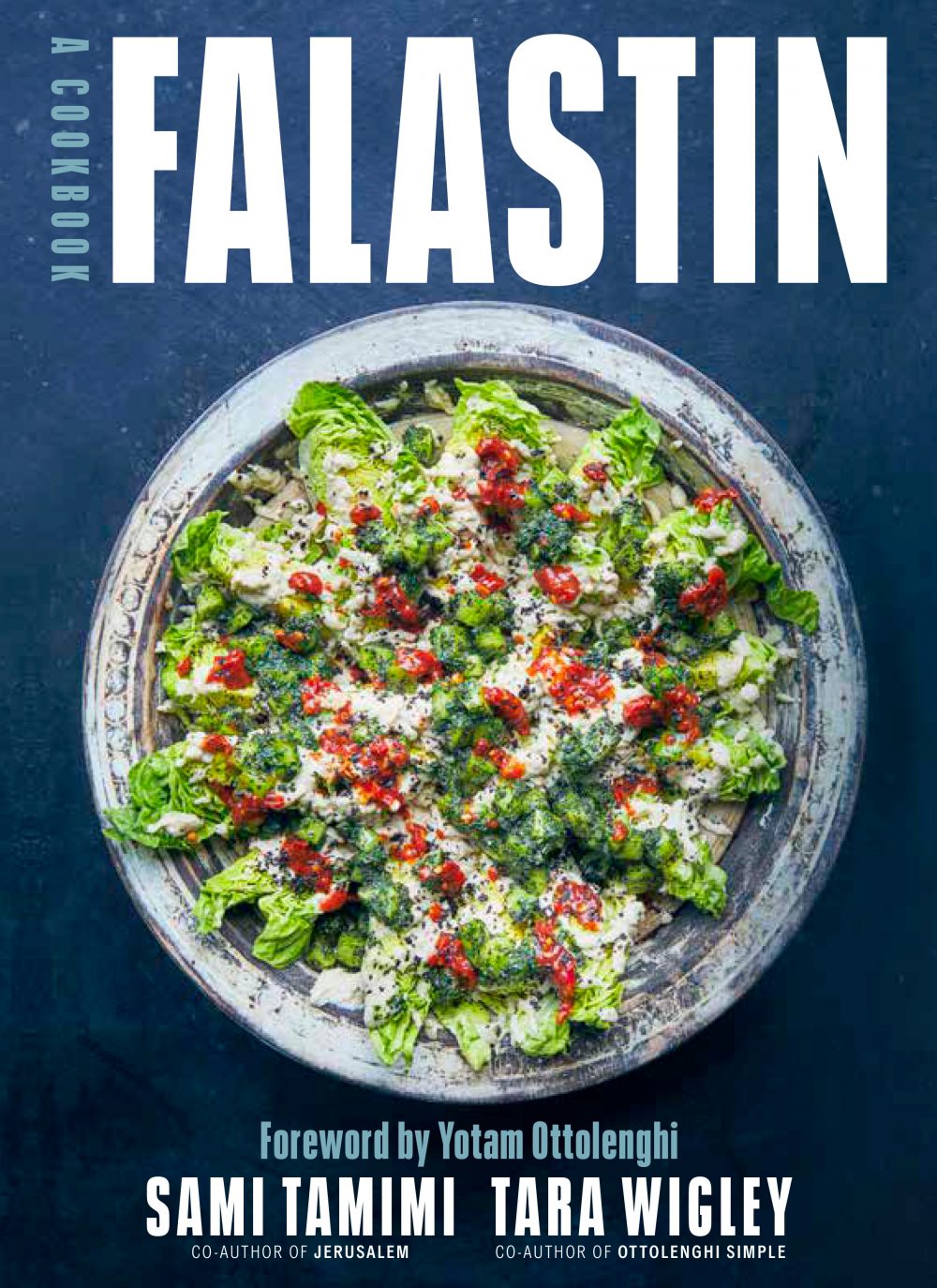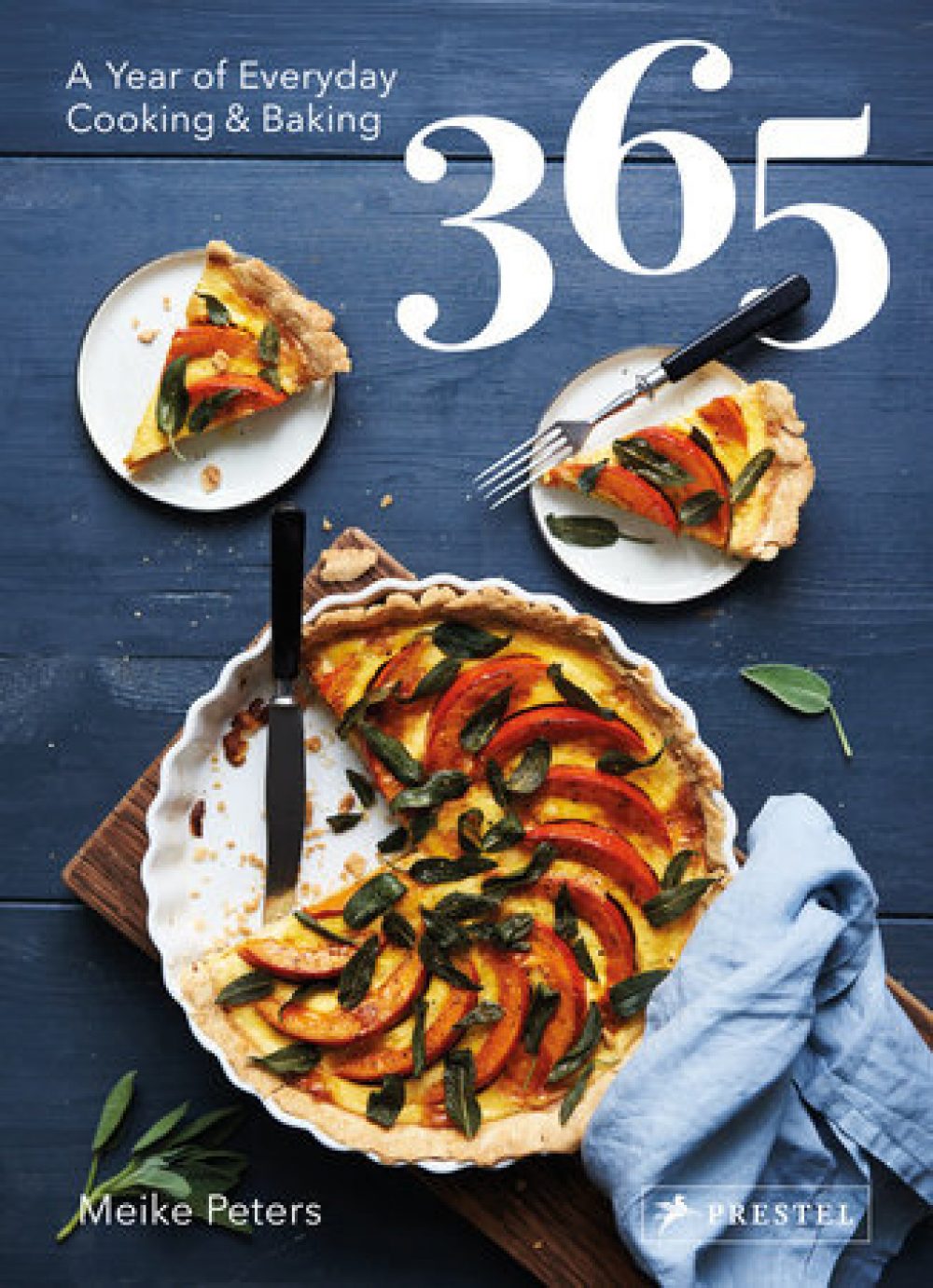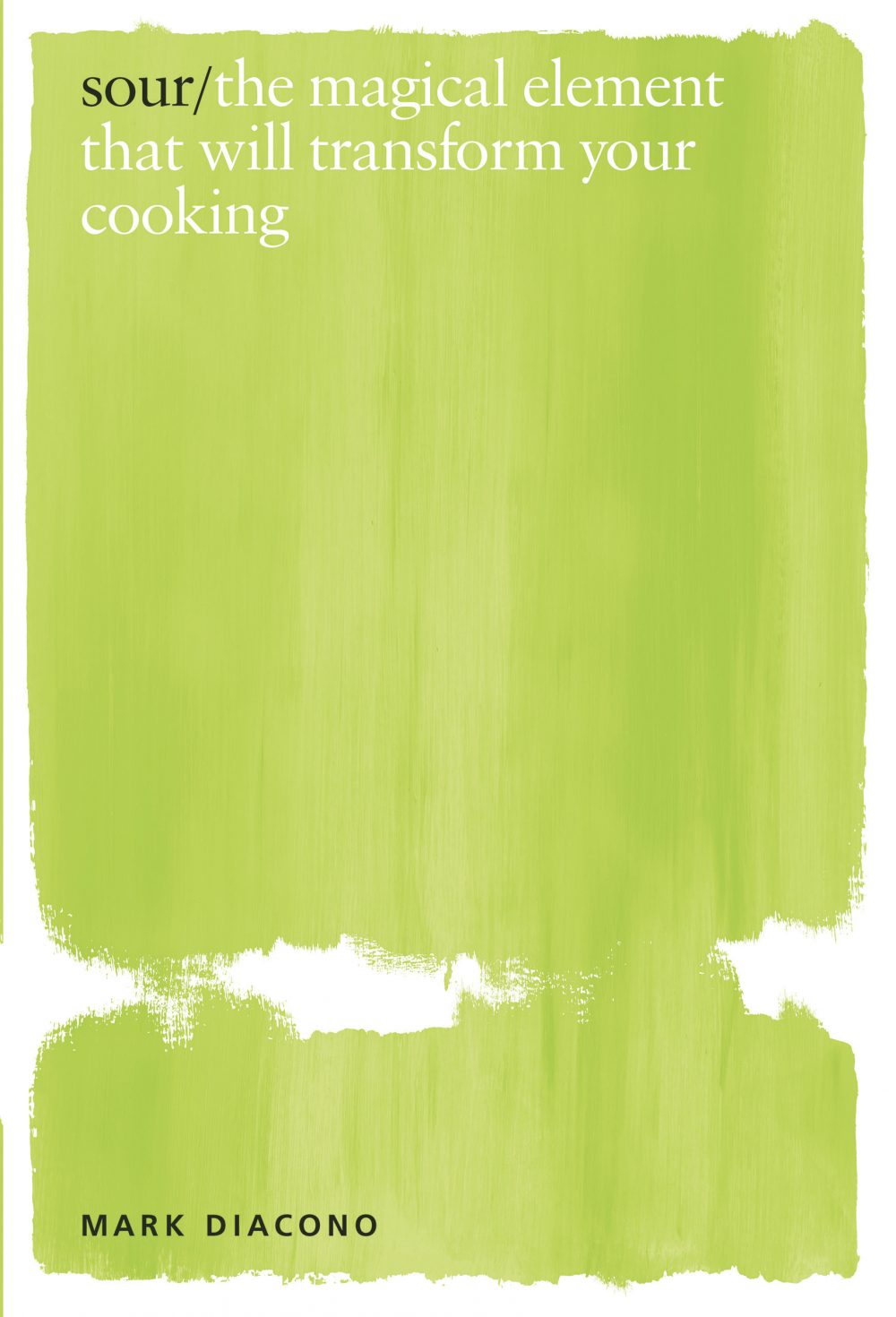
Falastin: A Cookbook
Arabic does not have a “P,” so Palestine is pronounced “Falastin”—the title of a new cookbook from Yotam Ottolenghi collaborators Sami Tamimi and Tara Wigley. Born in East Jerusalem, Tamimi moved to London in 1997, where he met Ottolenghi, co-authoring “Ottolenghi” and “Jerusalem.” London native Wigley started working with Ottolenghi in 2011. Now, Tamimi and Wigley have authored a cookbook with one foot in the past (the Palestinian dishes Tamimi grew up with) and the other in the 21st century. The traditional foundations are there—tahini, tabbouleh, labneh, kofta—but Tamimi also adapts fundamental flavors and techniques to simpler purposes: spiced salmon skewers, cilantro pesto, spicy roasted new potatoes. Also of note are the cooks interviewed for this book: Daher Zeidani, a Nazareth restaurateur who has strong opinions about everything; Islam Abu Aouda, who gives cooking lessons in a Bethlehem refugee camp; and Daoud Nassar, whose family has lived on the same land since 1916 and is in and out of court to defend it. “Falastin” is not a political book; it’s a people book. But most of all, it’s a cookbook that translates the rich culinary history of the former Palestine into healthy, vibrant food for the 21st-century table.
What do you get when you cross Malta with Berlin? You get Meike Peters, who grew up in western Germany and now splits her time between Berlin and Malta—the latter offering a pantry full of warming spices and the zest of citrus fruits. Some of the offerings in “365” are clearly rooted in German comfort food, such as the beet and potato stew. But from there on, hold on to your culinary hat: Meatloaf is strafed with coriander, cumin, dates and orange. Spaghetti is crowned with ricotta, orange and crispy sage. Chicken is tarted up as “Lemon Butter Chicken with Peaches and Rosemary.” You get the point. Herbs, spices and fruit are the key players here, put to good use to liven up everyday meals. Underneath this sometimes-phantasmic collection of flavors, there is a system. Peters thinks in threes—three radically different flavors that form the basis of a successful flavor marriage. As for citrus zest, no teaspoons for her; tablespoons are the preferred quantity, especially in baking. If you want to change how you cook—to learn new tricks—I heartily recommend “365.” You may find some of her combinations challenging, but your everyday cooking will never be the same. Hey, life’s short; it’s time to try dates in your meatloaf!

365: A Year of Everyday Cooking and Baking

Sour: The Magical Element That Will Transform Your Cooking
I am full up with fermentation as a trend, a cause and the North Star of culinary status. Not that I don’t appreciate kimchi, sauerkraut and the like, but there is a core of truth that is overwhelmed by waves of media hype. Imagine my relief when someone finally took the notion of sour and turned it into an imaginative cookbook that celebrates the full range of sour foods, not just the wonky side of fermentation. Mark Diacono writes, “Allowing bitter to be bitter, sweet to be sweet and sour to be sour widens the experience and pleasure in what we eat.” Well said. Tahini-lime dressing, fermented summer salsa and roasted plums with labneh are fresh and appealing. And I love the broad brushstroke of sour, covering everything from naturally sour foods such as citrus and sumac, to fermented dairy products (buttermilk, kefir, etc.). The book provides simple, straightforward recipes with clear, friendly instructions: “Please don’t be afraid of bacteria” and “Take an enthusiastic yet steady approach at first.” Diacono reminds me of my grade-school swimming teacher, who through quiet reassuring tones got me to jump into the deep end without fear. Kefir, here I come!



